Winners of New Tree competition nominated
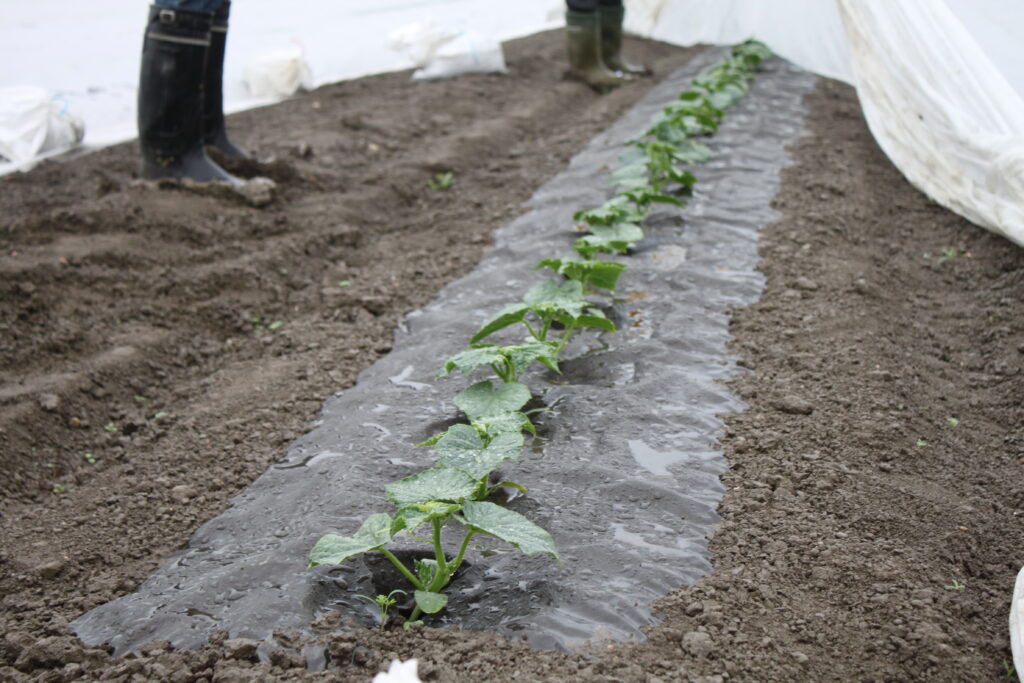
The far-reaching potential of the new forest bioeconomy was manifested by the competition entries. There’s no doubt about the usefulness of timber for a wide variety of products.
The competition was launched by the New Tree project at the end of last September. Its aim was to look for new forest bioeconomy solutions using wood fibres already in use.
The purpose was to show that forest bioeconomy does not just produce energy, paper or timber elements for construction. In fact, a wealth of products for everyday use emerged from the wings to demonstrate the wide-ranging potential of using wood as raw material.
The competition entries were evaluated on five criteria: scarcity of resources, urbanization, demographic changes, digitalisation and consumer awareness. The entries were to use wood as their raw material.
In addition to this, the solutions had to be commercially viable or already in production. In its assessment, the jury particularly emphasized the societal significance and innovativeness of the entries.
No prizes were awarded in the competition. The jury consisted of the expert group of the New Tree project, including several politicians, but only one representative of the forest sector.
Resource scarcity and demographic changes
From the viewpoint of scarcity of resources, the winner was a biodegradable mulch film for use in agri- and horticulture. Invented by Stora Enso, VTT Technical Research Centre of Finland, the Natural Resources Institute Finland and the University of Helsinki, the product has already gained significant publicity.
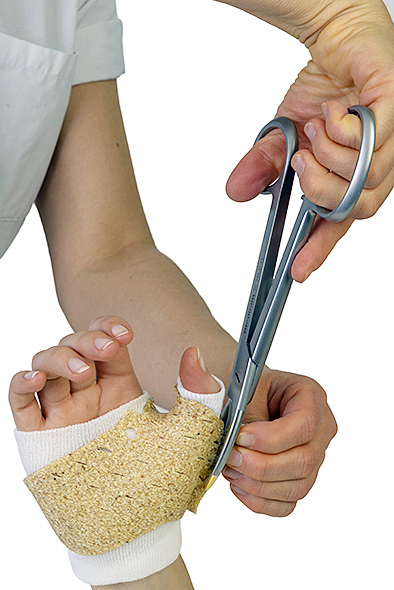
The paper mulch is made completely of renewables and can be completely recycled. It is used in agri- and horticulture as ground cover to keep down weeds, replacing the oil-based mulch films currently in use.
The paper mulch reduces the need for labour, solves a major problem related to the use of mulch in cultivation and requires no new working methods. In the jury’s opinion, the product has a high environmental significance.
From the viewpoint of demographic change, the winner was Woodcast, a product replacing gypsum-based casts in the treatment of bone fractures. The product is made of wood chips and biodegradable plastic and outperforms the conventional solution in many ways.
To begin with, Woodcast is easy to use and there is little waste: you simply cut the fabric-like material with ordinary scissors to the required shape, then heat it and mould it around the fracture site. In a minute or two, it will harden on its own.
The cast can be made so that it may be removed when taking a shower, for example, and then replaced. After use it may be composted or burned to produce bioenergy.
Woodcast is already used by almost all Finnish hospitals, and exports have started.
Digitalisation and urbanization
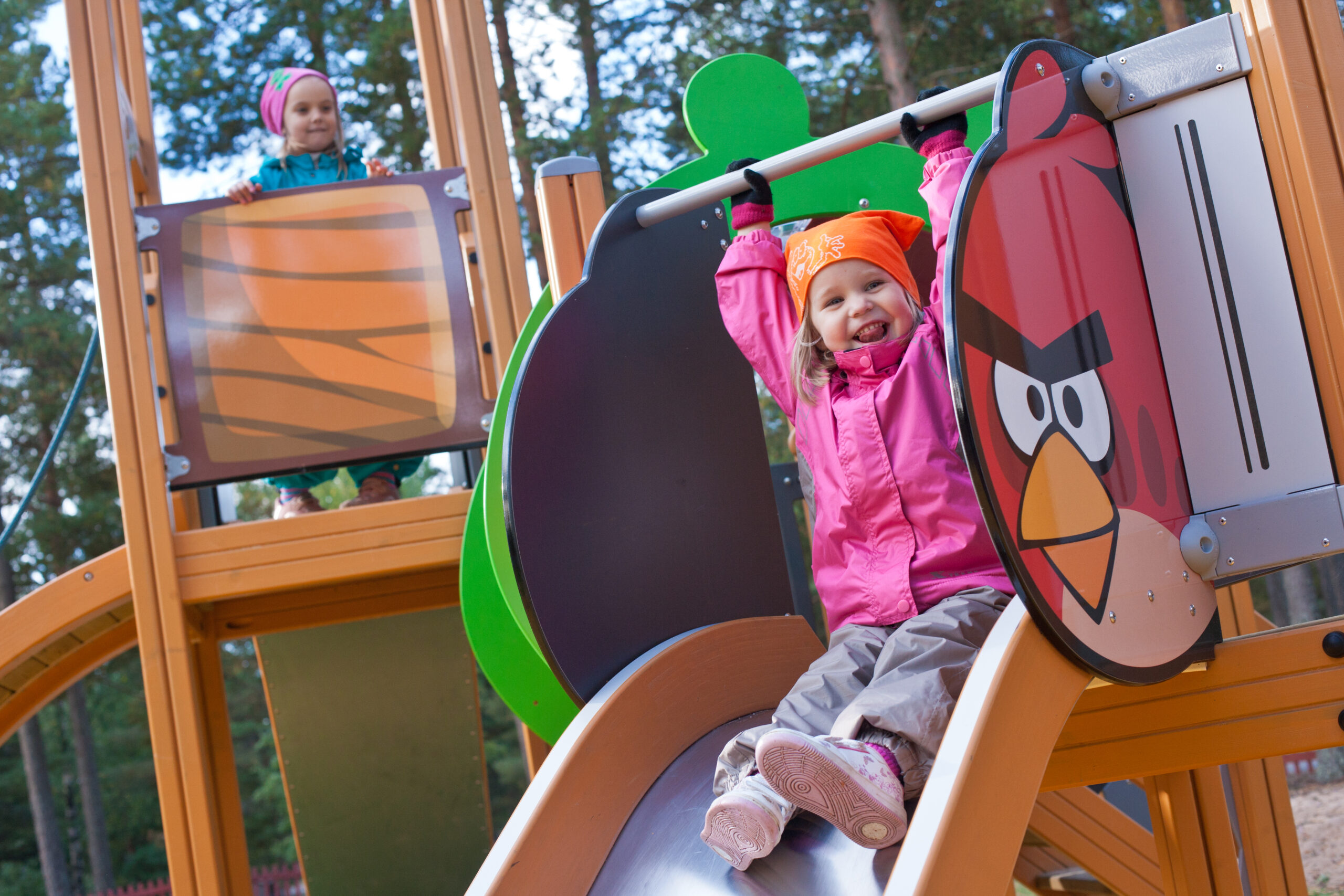
From the viewpoint of digitalisation, the winner was a high-pressure laminate produced by the KotkaMills company. Its main raw materials are recycled cardboard packages and sawdust. The laminate has a high resistance to rough weather conditions and is hard-wearing, which is why one of its uses is as a finish in children’s playground equipment.
The jury noted that the laminate is a very good example of how to use by-products in circular economy, how to create new value chains and how to respond to the demand for sustainable construction materials.
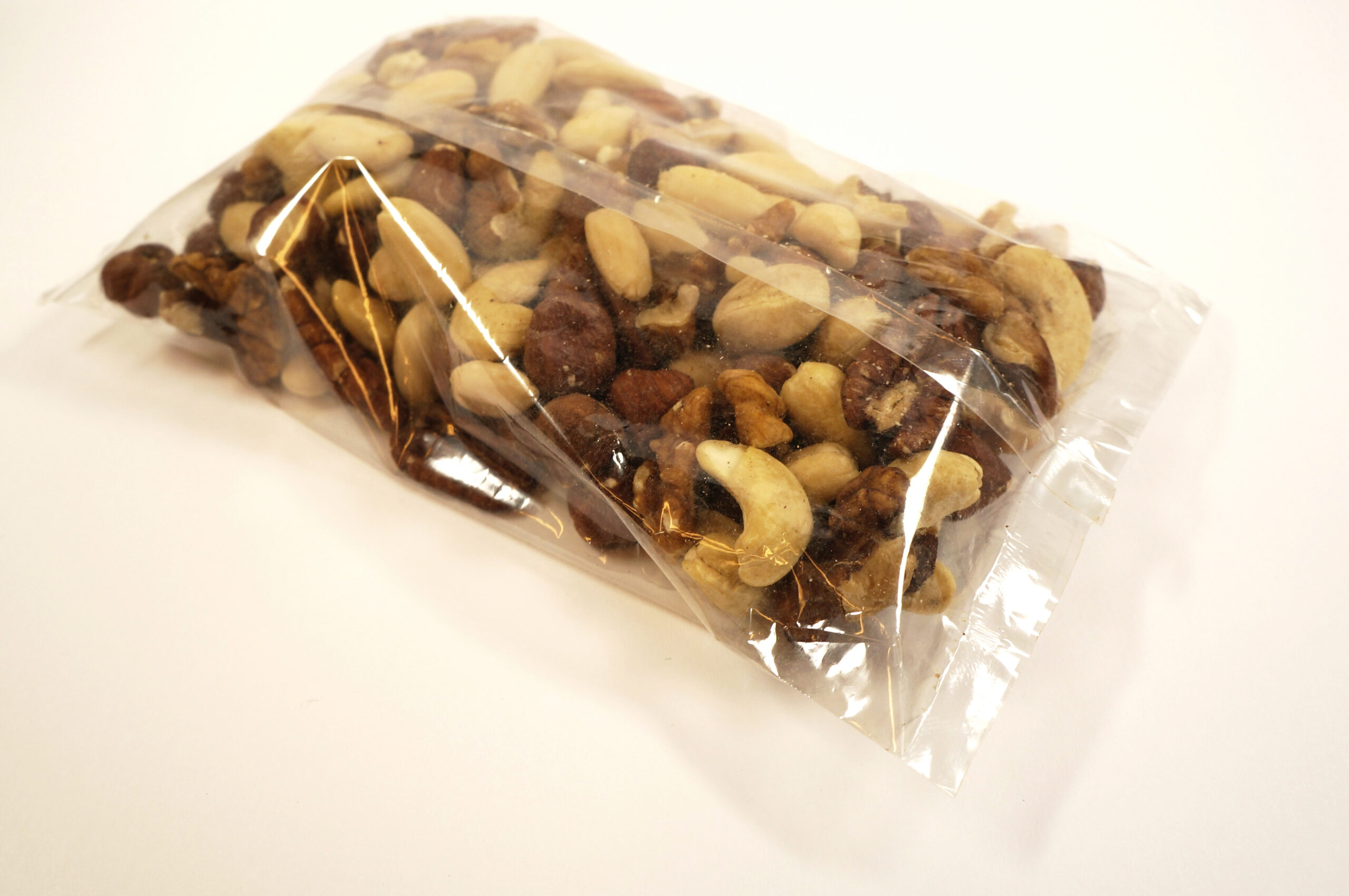
In terms of urbanization, the winner was a packaging material developed by VTT Technical Research Centre of Finland. The material is made of birch and sugar cane cellulose, is transparent and resembles plastic. It is impervious, preventing the passage of gases, humidity and oxygen, which is important for the preservation of packaged foodstuffs.
The jury stated that the material is an excellent addition to the range of packaging materials, especially because it replaces oil-based plastics. Thus, it reduces the need for more harmful materials, and it is easy to take into use in different types of households.
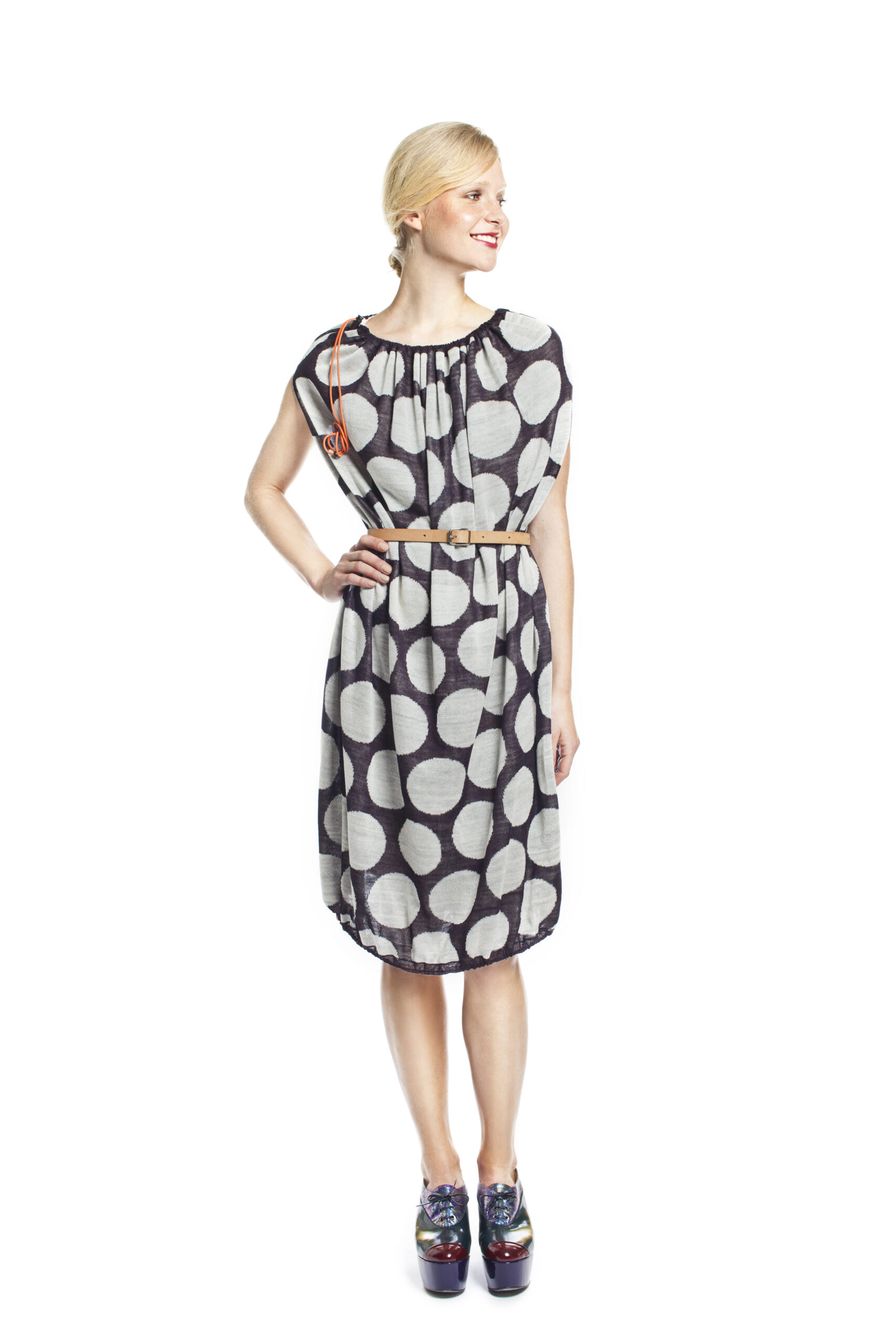
Consumer awareness
From the viewpoint of consumer awareness, the winner was a technology for producing textile fibres from birch cellulose. It was developed by the Finnish Bioeconomy Cluster as part of its FuBio Cellulose programme.
An important advantage of the technology is that the production of its raw material – wood – is more ecological than those of its competitors, such as cotton and oil. At the same time, the fibres are stronger than cotton or viscose.
The jury considered the product to have a particularly high marketing potential, and in addition, it was seen as helping to release cotton fields for food production.
A total of 26 entries were submitted to the jury, ranging from corrugated board and toilet paper, which ”cannot be digitalized”, to a wide variety of packaging materials and packages and even to a non-toxic pesticide made from birch.
The competition was financed by the Finnish Forest Foundation, which is also the main sponsor of the New Tree project. The project partners also include several packing and recycling companies, as well as education institutions and research centres.

Kirjoita kommentti